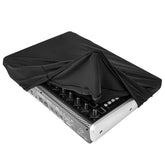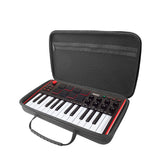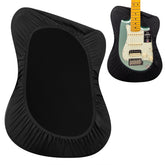Mastering Guitar Chord Transitions: Essential Tips for Effortless Playing
by
linzz
23 Jan 2024
Hello everyone, welcome to this edition of guitar skills sharing! For guitar beginners, proficiently transitioning between chords during playing is quite a challenge. Today, we'll be sharing some commonly used guitar chord diagrams and simple yet practical chord transition techniques to help you easily grasp the essentials of guitar playing.
Part 01: Commonly Used Guitar Chord Diagrams

C
D

E

F

G

A

B
Part 02: Mastering Chord Transition Techniques, Effortlessly Navigating the Guitar

1. Start by Moving the Fingers on the Bass Notes
For beginners, holding down an entire chord at once can be challenging. Therefore, we recommend starting by transitioning the fingers holding down the bass notes. By initially pressing down the root or bass note, allowing enough time for the fingers on the high notes to move, you can achieve smoother chord transitions.
2. Maintain the Same Fingers
If the two chords to be transitioned share the same finger positions, keep the finger positions unchanged while moving. For example, transitioning from Am to E and back to Am involves the same finger positions; only the strings being pressed change. When transitioning, the three fingers pressing the strings should maintain their original positions, rather than moving one by one. This helps avoid errors and improves transition speed.
3. Use the Same Finger as a Reference
During chord transitions, try to avoid moving unnecessary fingers. In exercises like transitioning from C to Am and back to C, keep the index finger consistently pressed on the 1st fret of the 2nd string without moving. Only the other two fingers need to be moved. Having a reference finger in place makes it less likely for the other moving fingers to make mistakes. Similar examples include transitions like Am to D7, C to Fmaj7, G7 to Dm, and so on.
4. Practice, Practice, Practice






